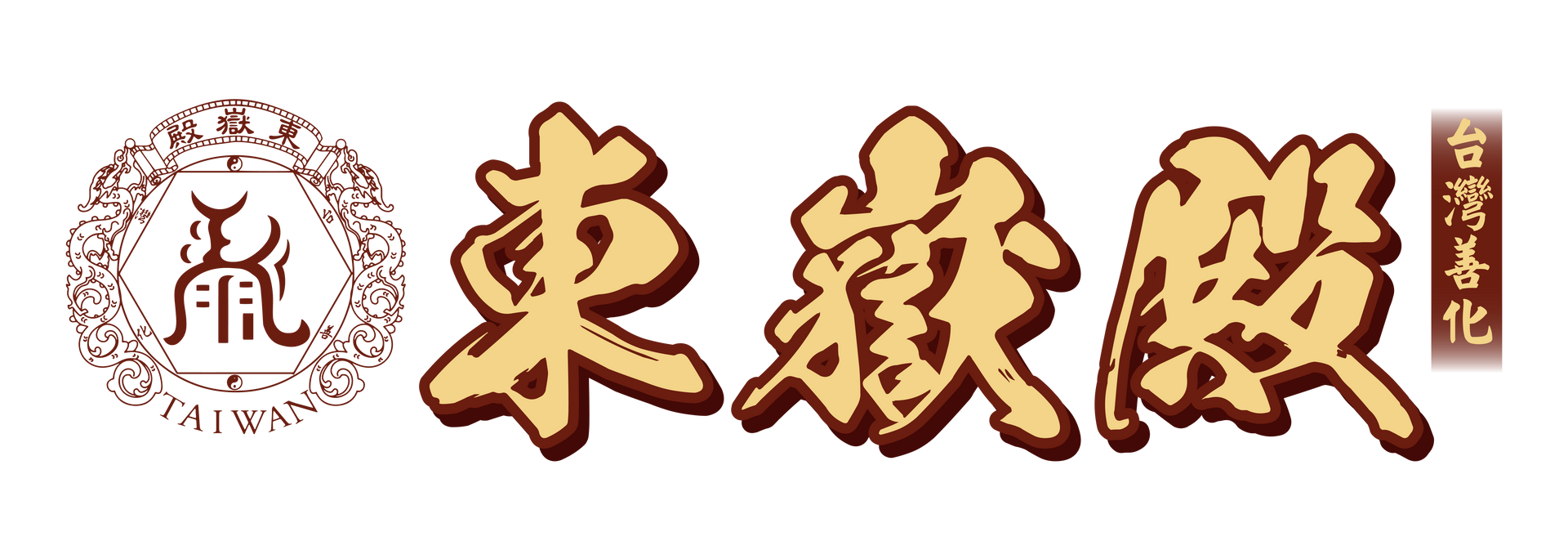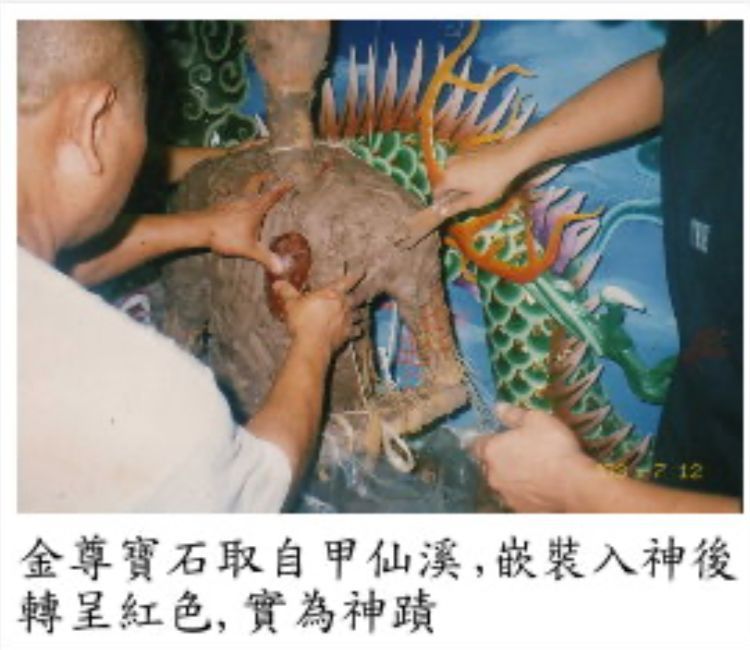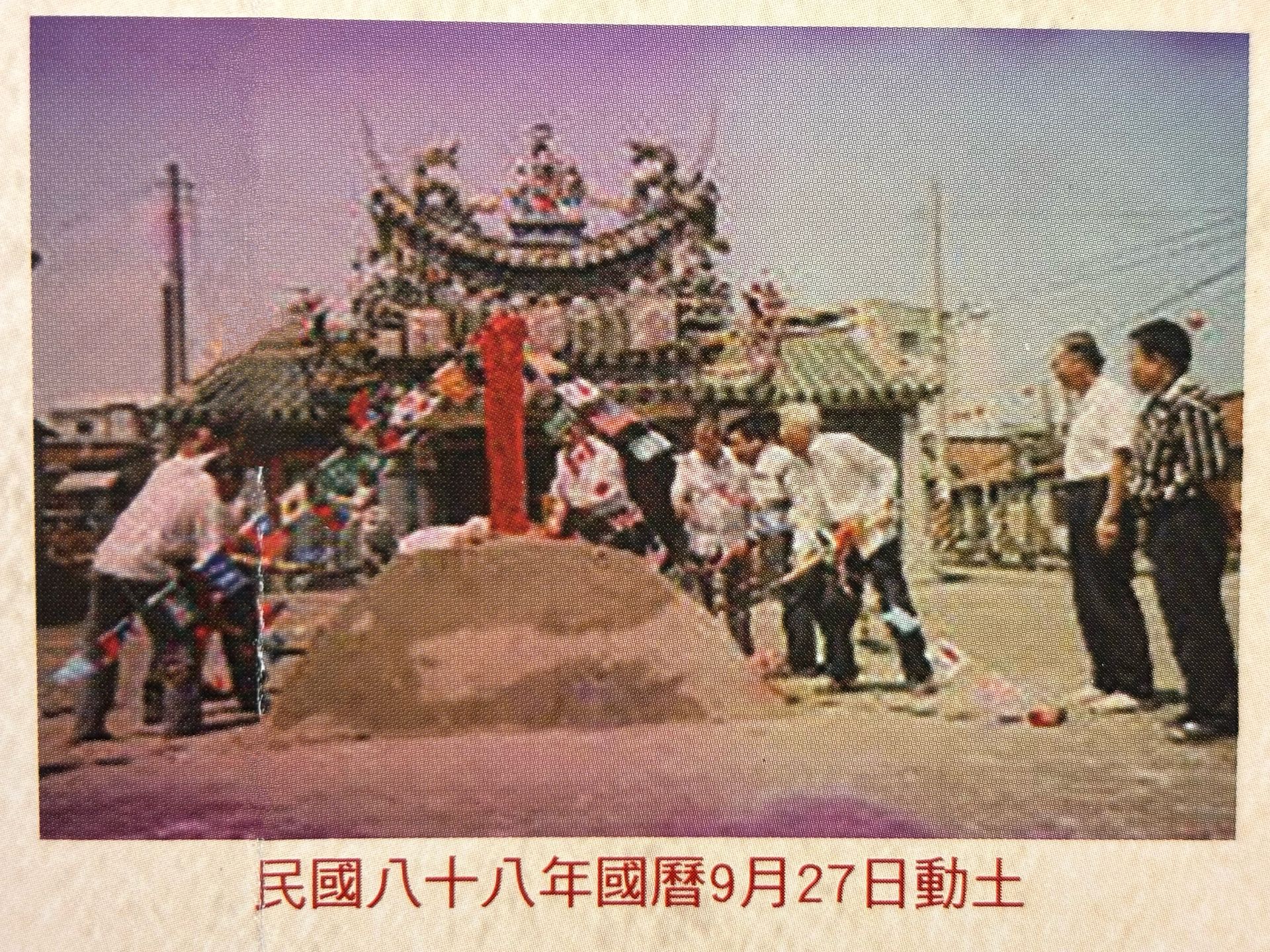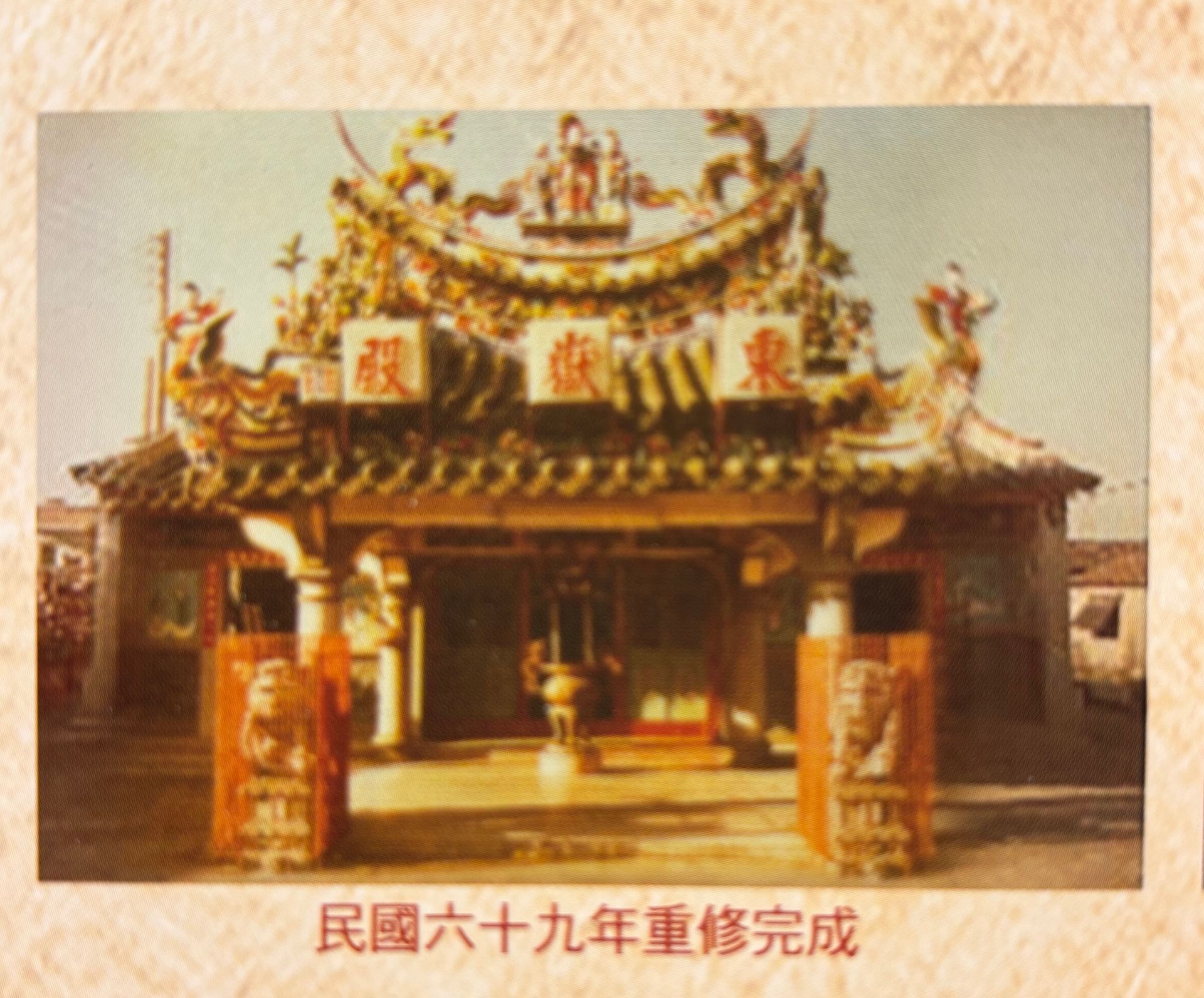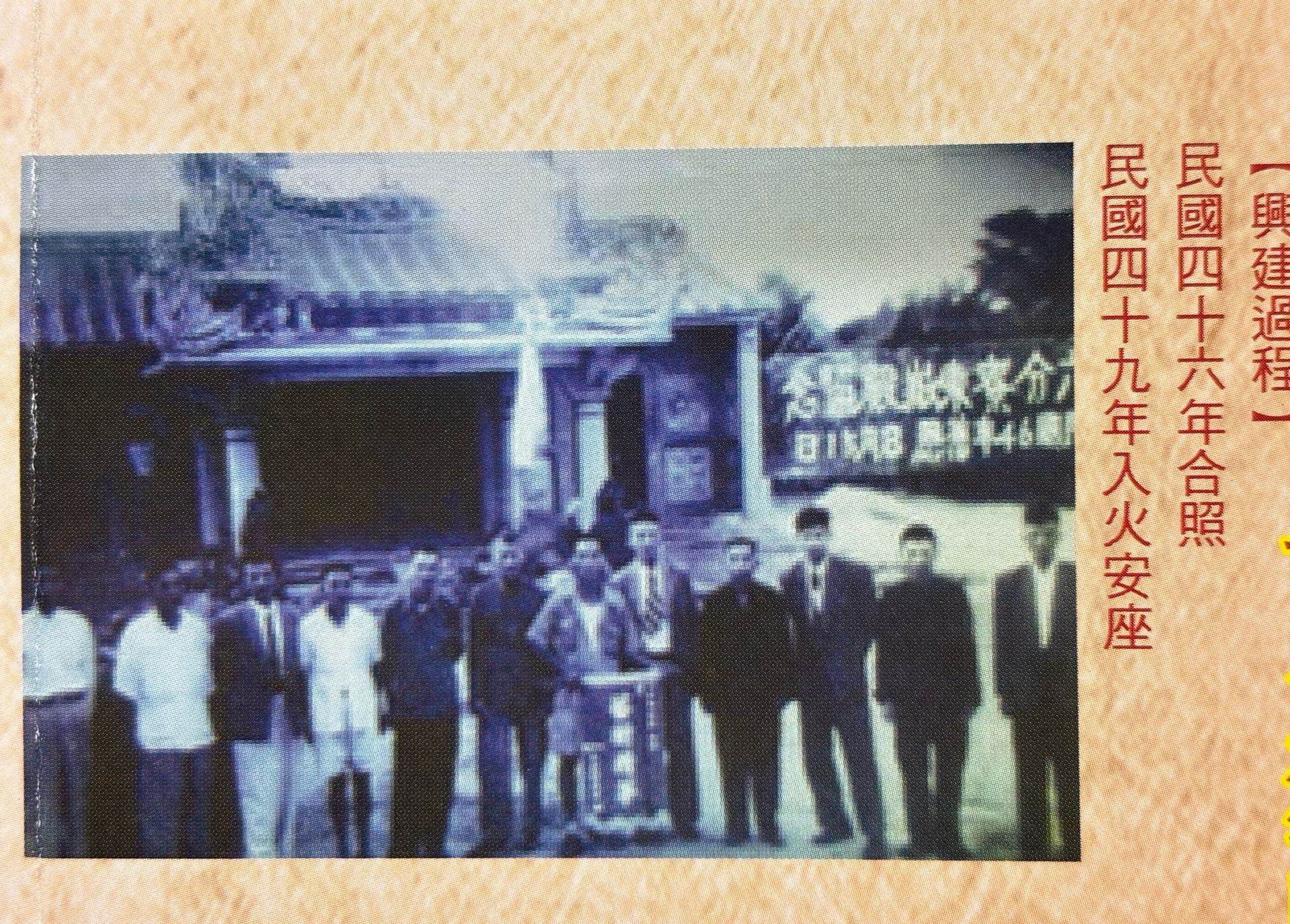Shanhua Dongyue Temple|A century of incense and protection from generation to generation
(1) Historical evolution
The Shanhua Dongyue Temple originated in 1665, the 19th year of the Yongli reign of the Ming Dynasty. A believer named Zheng from Tongan, Fujian, brought the golden statue of the "Dongyue Great Emperor" across the sea to Taiwan. The following year, the first Dongyue Temple was built in Tainan. In 1925, the Dongyue Great Emperor's spirit was dispersed to the Liufenliao and Ximei areas of Shanhua, where local believers formed a Shenming Association for worship. The temple was officially established in 1957. After undergoing renovations and reconstruction, it now celebrates nearly a century of worship.
(2) Main and co-worshipping deities
The main deity enshrined is the Great Emperor Tianqi Rensheng of Dongyue (abbreviated as the Great Emperor of Dongyue). The supporting deities enshrined are the Bixia Yuanjun, the Tianyi Zhenren, the Guanyin Buddha, the Heavenly Mother, the Tiandu Marshal, the Zhusheng Niangniang, the Tai Sui Xingjun, the Tianguan Wucaishen, the Fude Zhengshen, the Zhongtan Marshal, the Tiger General, and others include the Civil Judge, the Military Judge, the Day Patrol General, the Night Patrol General, the Xie Fan General, the Ox and Horse General, the Five Camps General Flags, the East Sword Lion, the West Sword Lion, etc., giving equal importance to yin and yang and guarding the four directions.
Unique Golden Body|The Holy Body of the Emperor Dongyue
The golden statue of the Great Emperor Dongyue in this temple was sculpted according to divine oracle, incorporating sacred materials and relics, and carries profound cultural and religious significance.
- Red clay statue: collected from Pingyao County, Shanxi Province, and shaped according to instructions
- Golden Body Gemstone: Originated from Jiaxian Creek, it emits red light when placed, like the beating heart of a god.
- Relics: Three relics were donated by Director Wang Yichuan and enshrined in the statue.
- Structural materials: The skeleton is made of more than 30-year-old mahogany, the ribs are made of 100-year-old bamboo heads, and the blood vessels are made of thousand-year-old banyan tree aerial roots.
- Beard making method: Using real hair from a young girl, symbolizing the purity and continuation of life
- The sacred well: "Jinzun Well" was dug 3.6 meters deep according to divine oracle, and spring water gushed out. Legend has it that it is connected to the water vein of the Taishan Ancestral Temple.
Jizang Temple | A sacred place for praying for blessings in the underworld
(1) Origin of the Temple
In 2007, the Great Emperor of Dongyue descended through a spirit medium to direct the establishment of Dizang Temple and the implementation of special underworld rituals. For three consecutive years, the Dongyue Temple deacons traveled to the Jade Emperor Peak of Mount Tai in China to request the order, receiving approval from the Heavenly Court before they could carry out the related soul-transportation mission.
(2) Main and co-worshipping deities
The main deity worshipped is Ksitigarbha Bodhisattva. The supporting deities worshipped are the Ten Kings of Hell (from Qin Guang King to Zhuanlun King), the Soul-Grabbing General, the Soul-Seizing General, the City God, the Second Emperor of Dongyue, the Emperor Xuantian, the Emperor Fengdu, the Marshal of the Central Altar, the God of Wealth, etc., to establish a complete Yin judicial system.
- Dongyue Temple: Symbolizes the "heavenly realm" and protects the ethics and laws of the mortal world.
- Dizang Temple: symbolizes the "earth realm" and is responsible for the salvation of the souls of the dead.
The two halls complement each other, shouldering the dual missions of blessing and ferrying souls, and are important places for practicing local beliefs and Yin-Yang doctrines.
Dizang Temple Rituals and Services
✦ Daily services
- Calming down
- Ask questions
- Reform of rituals
- Clean car
✦ Four main rituals
- Offering a memorial to dispel disasters
- Praying for the ancestors
- Rescue the Infant Spirit
- Rescue the enemies, relatives and creditors
✦ Other rituals
- Universal charity
- Approaching the Ten Types of Lonely Souls' Reincarnation
- Praying for the souls of the martyred soldiers
The items required for the ritual: treasury money, merit box, underground withdrawal card (yellow paper), offerings, etc., are to be prepared by believers or arranged by the temple.




